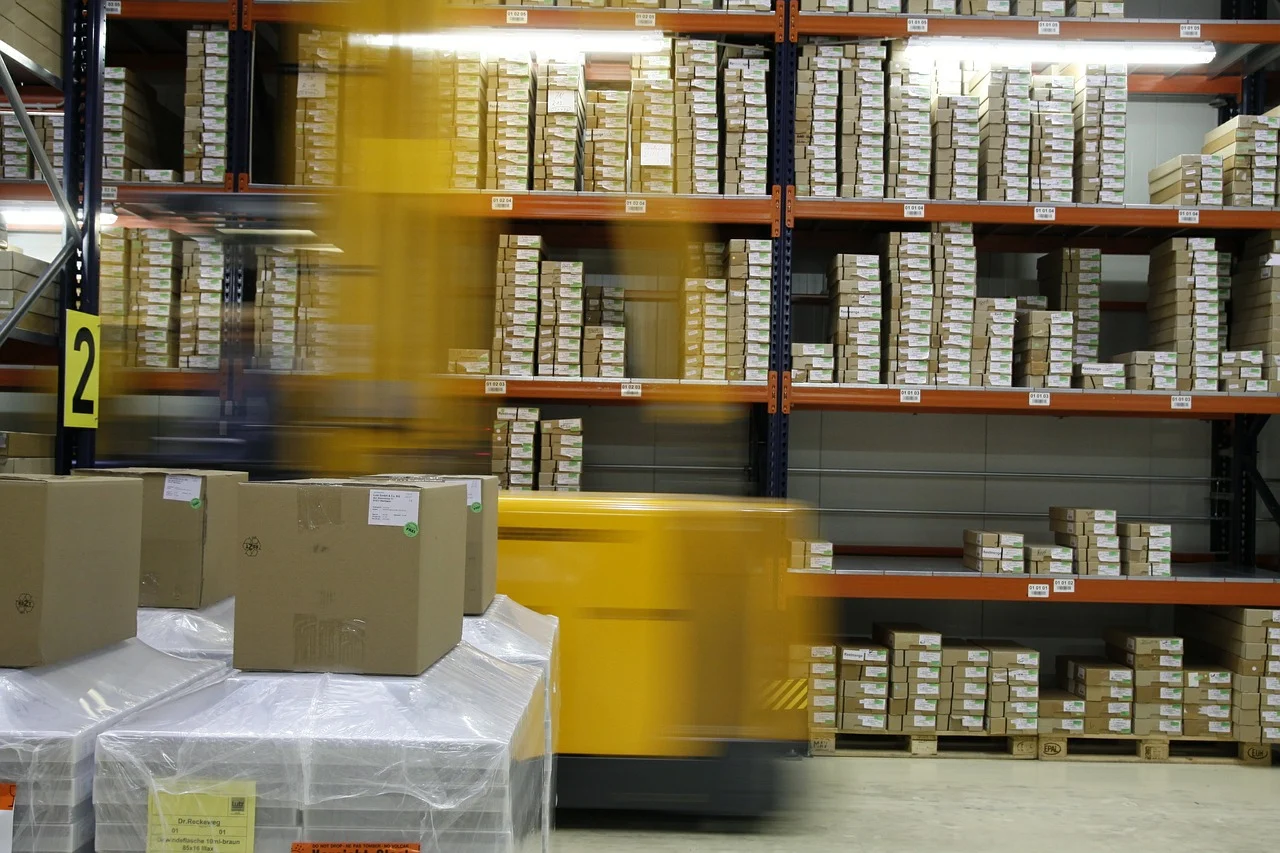Well-organized logistics are leaner, easier to cost-control, and can sometimes even be downsized. And they allow you to offer a better service to your customers.
Below you’ll find our tips for organizing your logistics to drive sales.
Audit your logistics set-up
Before envisaging immediate changes, your first step is to analyse your existing set-up. Auditing the organization of your logistics processes will help you identify strengths and weaknesses: from restocking to transportation to deliveries, the management of your entire supply chain comes under scrutiny.
That way you’ll have a clearer idea of what needs to be improved first.
ERP (Enterprise Resource Planning) software helps you organize your logistics and also offers valuable pointers for your audit. ERP provides an interface with a company’s entire information system, covering areas such as sales and production as well as logistics.
All information is automatically updated in real time. All management operations are fully traceable. This is why ERP is so useful in an audit : it provides an overview of all your company’s operations and allows the source of each piece of information to be easily and quickly identified.
Organization of your logistics processes and on-time delivery rate
On-time delivery is a KPI of paramount importance! Your OTD rate determines quality of service in terms of your ability to meet your customers’ needs.
To calculate your OTD rate, you need to compare the number of products you have delivered over a pre-defined period against the total number of orders placed. This tells you:
- How many products have been delivered;
- How many orders have been delivered;
- How many orders have not been delivered.
This indicator gives you a clearer picture of your ability to fulfil orders over a defined period of time. It also helps with stock management by allowing you to measure the number of products supplied.
This is important for anticipating possible stock shortages, or for avoiding overstocking in relation to the number of orders.
Order picking rate
Various KPIs help you determine your order picking efficiency:
- Order picking precision: the amount of orders picked without errors (product error or delivery time not respected). Every error has a cost to the company, so the objective here will be to get as close as possible to a rate of 100%;
- Completed and shipped orders: this KPI indicates the percentage of orders that were shipped in full, allowing you to measure the productivity of your employees.
Other logistics KPIs provide a more holistic view of your efficiency, such as:
- Backorders : these are orders not yet prepared due to insufficient stock;
- Order fill rate: this metric expresses the relationship between order inflows and outflows: the closer it is to 100%, the more efficient your business is.
- Orders shipped on time: this metric provides information on the efficiency of the pickers;
- Internal order cycle time: this indicator tells you how much time elapses between the moment a purchase order is received and the moment the order leaves the warehouse. It reveals your ability to respond to demand, and it also helps detect delays in processes;
- Orders picked on time and ready to ship: his indicator can be slippery, as it is designed to show how many orders are being shipped before, not on, the scheduled shipping date. The more orders meet this description, the more efficiently your warehouse is managing its workflow.
Transport and logistics are closely linked, so you will also need to monitor KPIs such as average duration of operations, i.e. the average time required to bring products to the dock, load or unload them, and deliver them.
Seven tips for improving the organization of your logistics
An audit reveals the strengths and weaknesses of the management of your logistics flows. Below we give seven tips for improving the way you organize your logistics.
1. Plan your storage arrangements
Stored products can vary in size and quantity. It isn’t suitable, therefore, to allocate the same storage space to each type of product. Similarly, storage racking will benefit from being adapted to the products stored there - and their packaging.

By using modular racking systems, you can optimize your use of space and increase efficiency.
2. Use a colour code system
A colour code system makes employees’ work easier, especially in large warehouses. If each zone is assigned a colour, they can quickly locate it and save time.
The advantage of colour coding is that it's visual, easy to implement and easily understood by everyone, but other similar solutions are possible too, depending on your habits or the layout of your warehouse, e.g. symbols, numbers etc.
3. Keep popular products close at hand
The most popular products are best stored near the order picking area. Again, this is a simple way to save time and be more responsive: it makes it operators’work easier and reduces the distancebetween the storage and order picking zones.
This helps you improve the movement of goods and increases the number of picks per hour.
4. Store products at the correct height
Increasing height is a convenient way of storing more products on the same surface area. A word of warning, however: products must be stored at a suitable height.
Here again, it’s a question of common sense: the more popular a product is, the easier it must be for operators to access - and increase their productivity.
Products that are less in demand may be stored in a higher slot, as the need to access them is less frequent.
5. Use a labelling system
Installer un système d’étiquetage avec la technologie RFID représente un investissement considérable, mais qui sera vite rentabilisé.
Installing a labelling system with RFID technology is a considerable investment, but it pays off quickly.
Thanks to its track and trace function, this technology has many advantages:
- time savings,
- optimized real-time tracking
- fewer errors,
- higher productivity.
All of which allow you to increase the number of orders processed per day...
There are benefits across the whole supply chain too, with improved storage, order picking and management.

6. Demarcate designated equipment zones
Equipment can clutter up space, cause accidents and slow down the entire supply chain if not left in the correct place. That’s why you should designate special zones to store equipment when it’s not in use.
7. Dialogue with your teams
The ability of your teams to comply with your instructions is crucial for well-organized logistics.
Getting your teams involved in change means better management of change: when you’re implementing a new technology to optimize your logistics, for example, your operators will more readily appropriate the new solution if they’re involved in its construction.
Other employees will then be more likely to adopt the changes in turn.
To improve your communication:
- Be transparent: explain your decisions and the rationale behind your procedures;
- Listen to your employees’ comments and suggestions: they work on the front line and may have different and interesting perspectives on how you organize your logistics.
- Engage in dialogue: managers who take a moment to talk to employees, even occasionally, build a better relationship with them. They also learn, directly from source, of the various problems and obstacles encountered by employees in their daily tasks.
Good management of logistics directly affects sales. Conducting an audit can help you identify all the weak points in your logistics procedures.
Obviously the KPIs listed here must be monitored on an ongoing basis, and not only considered at the time of the audit.
That way you’ll know if your efforts are paying off and what points need to be improved. By following the advice in this article, you’ll better organize your logistics and make more sales as a consequence.
To fine-tune your logistics, you should consider installing a Warehouse Management System (WMS).





Laisser nous votre commentaire